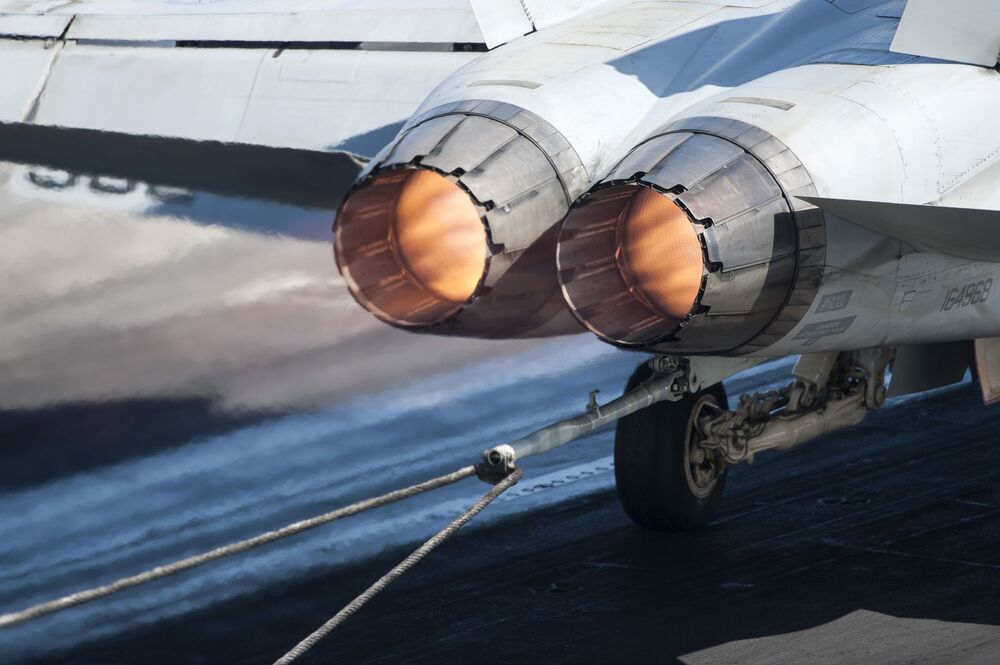Automated program repair for python.
GitHub is where people build software. More than 50 million people use GitHub to discover, fork, and contribute to over 100 million projects.
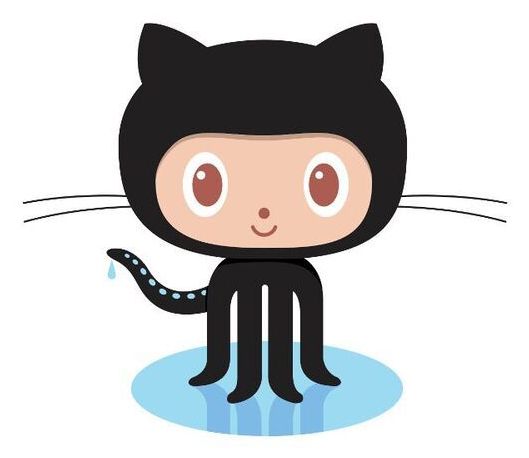
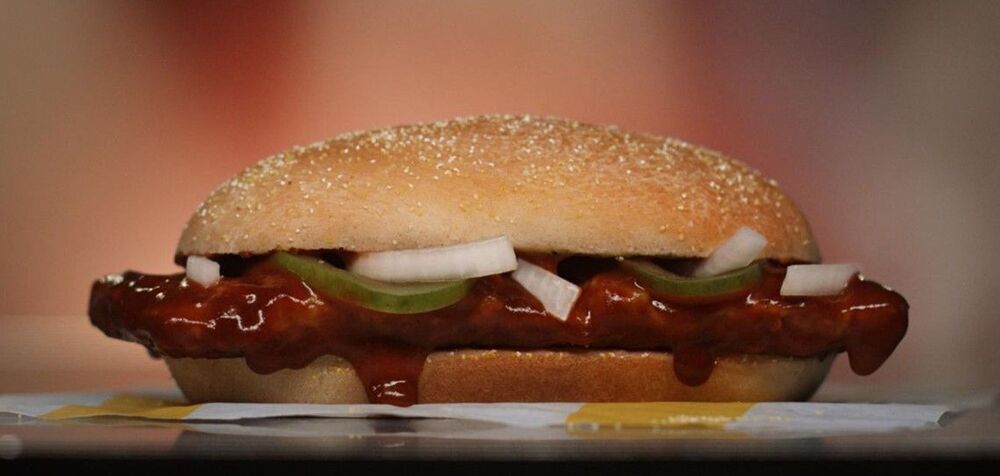
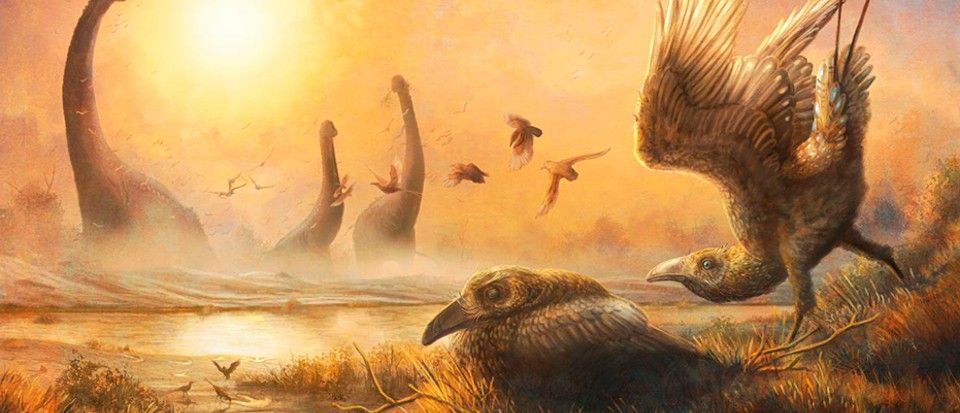

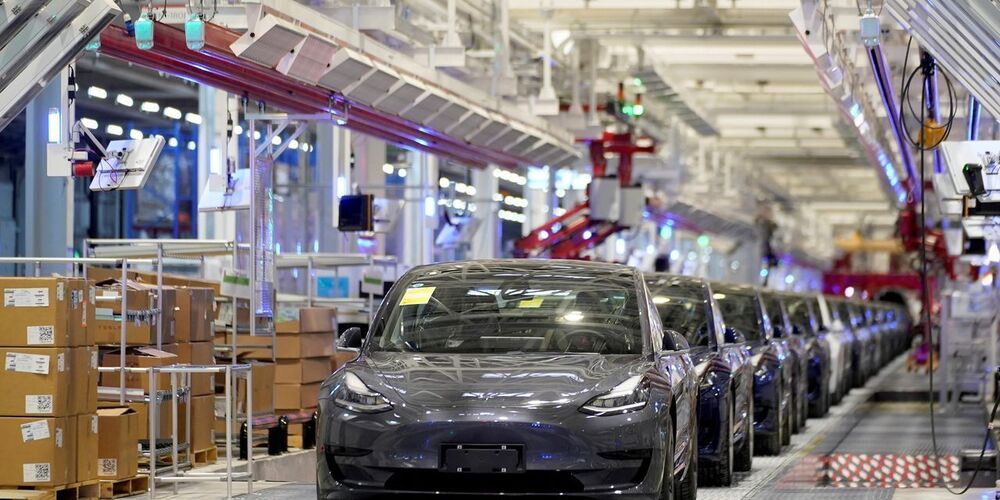
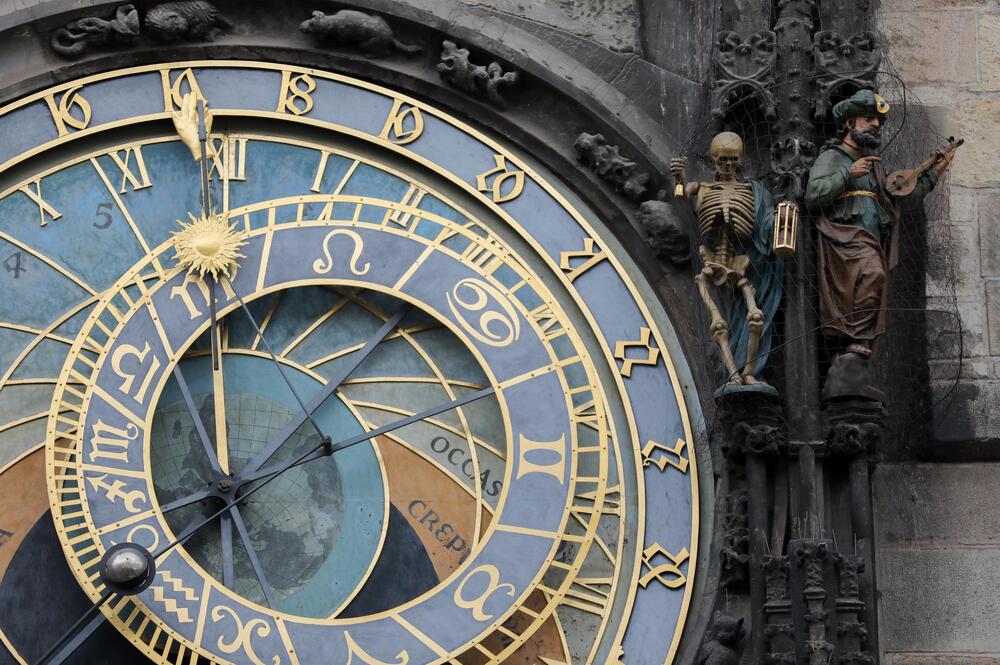
To those who saw it in its very first theatrical run, the opening crawl at the very top of the original 1977 “Star Wars” film automatically dispelled any notions about cosmic civilizations and a linear march of time. We all got the reference to a “galaxy far, far away” at the outset, but “a long time ago” was all at once brilliant and mind-blowing.
Inherent in that notion is the idea that civilizations outside our own solar system have been living and dying since time immemorial. And the civilizations depicted in this bit of space cinema also appear to have become masters of their own galactic quadrants, if not their whole galaxy.
Yet here on parochial Earth, we are wedded to the linear march of time in a way that is not likely to change until the very far future. Here, we are guided by our own history of technological advancement in a way that extraterrestrial civilizations may find antiquated. They may already be inured to the fact that they are mere technological babes in the woods when compared to much more advanced civilizations they, themselves, may have encountered.
As humans, we all enjoy a code of universal human rights. In the future, the question will pop up sooner or later: do AI deserve the same rights we enjoy? In this video, we will explore this question and examine what the future world will look like if AI do have rights.

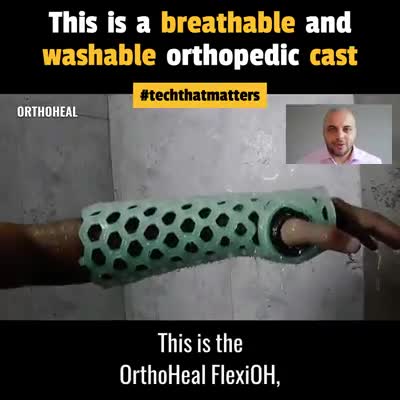
This breathable, washable ‘orthopedic cast’ could replace itchy, unhygienic conventional casts. (Follow Tech That Matters for more.)
Credit: OrthoHeal
